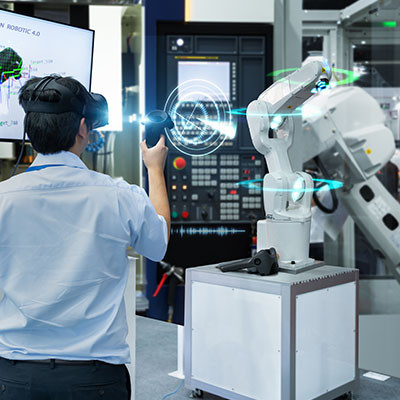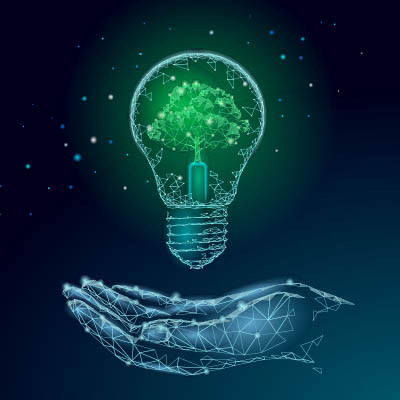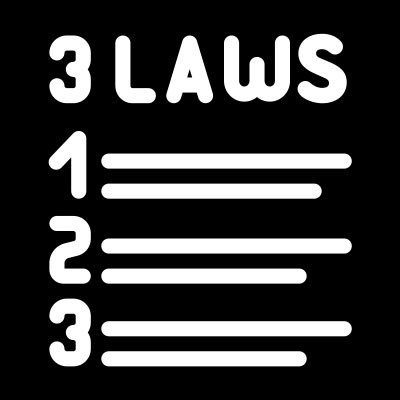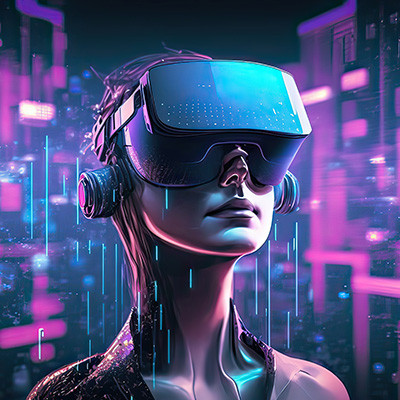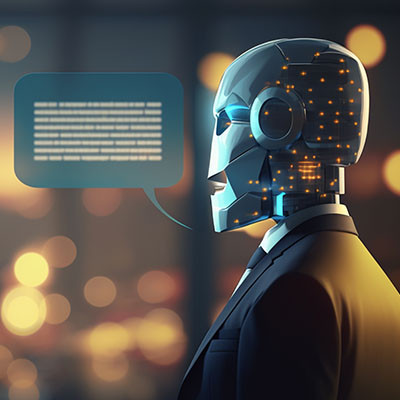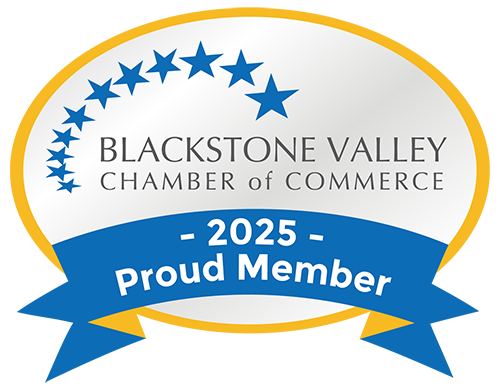JS Business Solutions Blog
You may remember the hubbub and hullabaloo that ensued when Josh Allen, a digital artist, won first place at the 2022 Colorado State Fair’s Fine Arts Competition in the Digital Arts/Digitally Manipulated Photography contest with an image—"Théâtre D'opéra Spatial"—that he had created using AI. Allen continues defending his work, now butting heads with the Copyright Office.
The concept of a four-day-long workweek is one of the latest trends that businesses of all shapes and sizes are pondering. It has been touted to have significant benefits for both their operations and the employees who carry them out. However, is the “compressed” workweek the route your business should go?
Well, as is so often the answer, that depends. Let’s examine the concept of a compressed workweek and its application more closely.
Technology is usually at the forefront of any major shift in a business’ operations to at least some degree. One interesting technology that has emerged in certain workplaces is augmented reality, or AR for short. Today, we’re considering specific instances where a business can implement AR to surprising benefits.
When we call ourselves a managed service provider (MSP), it still isn’t common knowledge what we mean by that. Perhaps the simplest way to describe our role is to call us an outsourced IT support provider, but even this definition falls short of the value we can offer. To remedy this, we wanted to review what one of our clients expects (and rightly so) to receive from a partnership with us.
The modern business landscape is fueled, in large part, by something we refer to as professional services. This typically includes any business model with trained professionals at the center of the business. In today’s economy, this can include tradesmen, but typically, it means consultants, lawyers, agents, and other professionals essential to moving business forward. Today, we thought we would briefly go into some of the technologies that professional services depend on.
The definition of sustainability, according to the United Nations, is “meeting the needs of the present without compromising the ability of future generations to meet their own needs.” Originally coined in 1987, this definition has fueled businesses' efforts to work toward their own versions of sustainability, as per their service models. Let’s look at some ways you can make your own operations more sustainable.
Technology can bring many dynamic benefits to an organization, but it can also derail its successful trajectory. One of the significant considerations that must be made is whether the technology your organization is implementing fits your business needs. Today, we will describe how having a knowledgeable perspective can help you avoid making investments that may not produce the rapid returns that most small businesses require.
Are you familiar with the works of Isaac Asimov? The author wrote a short story called “Runaround” in 1942, and it introduced the idea of the Three Laws of Robotics, or laws that all of the robots in his Robots series must follow. This stranger-than-reality concept is being used today by Google, which has announced a set of safeguards partially inspired by these three laws to help it control future AI-powered machines.
As the popularity of blockchain technology continues to rise, it's essential to explore its functionality and understand why it deserves attention. While commonly portrayed as a dubious tool associated with cryptocurrencies and scams, the fundamental nature of blockchain is far from nefarious. In reality, its decentralized and transparent attributes make it well-suited for various tasks, and we'll describe how it can be used for more than cryptocurrency below.
These days, it feels like things change quickly and without warning, but there are certainly still some parts of the holiday season that retain some of the good, old-fashioned traditions of yesteryear. While the holiday season is more commercialized than ever, technology has made it more viable to spend these times of laughter, leisure, and cheer with loved ones, even if you’re far apart physically.
AI might feel like a technology perfectly at home in the world of science fiction, but the truth is that most of its uses are not nearly as interesting or fun. Take, for example, Operation Green Light, an initiative from Google that aims to better society through examining AI for traffic control and its impact on the environment.
Technology is constantly evolving and shaping the way we do business. From artificial intelligence to virtual reality, these advancements have the potential to revolutionize industries and drive success. However, not all technologies are met with open arms. In fact, some technologies are met with controversy and skepticism. In this article, we will explore some of the most controversial business technologies and the impact they have on the market.
“If a craftsman wants to do good work, he must first sharpen his tools.” Like so many of the other quotes attributed to Confucious, this phrase is no less true today, even in the realm of business technology. It should come as no surprise that implementing the right technology for your particular business needs will produce greater results.
The real question is how to identify the technology that will contribute to the overall success of your organization.
Information technology has made incredible strides over a relatively short period of time with many different technologies being innovative and used for a vast variety of purposes. One section of technology that has been growing fast is the Internet of Things. This is because more devices are fueling more applications in our society. In this week’s blog, we take a look at how the Internet of Things has started to grow up and what it means for businesses in the future.
From its very beginnings, technology’s purpose has been to advance and supplement our capabilities. Today, there are examples of tech fulfilling that role in everything from agriculture to manufacturing and everything in between. The advancement of 3D-printing is just one of the many, many ways that this trend of technology simplifying our basic needs has recently shown its value. Let’s discuss how the development of 3D-printed food could benefit the human race in various ways.
Technology has done some incredible things, especially in the past couple of decades, so it’s wild to imagine that someday, innovative new tools like ChatGPT will no longer be as cutting-edge as they might seem today. The reason is simple: most technologies today were once world-shattering and innovative, but with time they have become normalized.
Since it was—somewhat by necessity—implemented by many businesses a few years ago, many of these same businesses have been quick to abandon remote and hybrid approaches to work. If you are considering this return, we implore you to reconsider—in fact, we’d urge you to lean into further expanding the capabilities of remote and hybrid workers.
The more you seek to understand your business, the better you are going to be able to run it efficiently. No, this was not Confucius, although it sounds similar to something he would get behind. The more efficient a business becomes the less it will spend. How does this work? Today, we’ll unpack what it takes to cut your costs without hurting your business.
For every technology that we use daily, there was once a time when it was brand-spanking-new. Think about when the Internet first became commonplace. People had questions that were seemingly endless, and even computers and electricity were once novel concepts. Let’s think about some more modern inventions that might someday be just as commonplace as some of the tools we use in our daily lives.
Let me ask you a question: would you see The Mona Lisa, The Starry Night, or Girl with a Pearl Earring as the masterpieces they are considered today if they were actually created using artificial intelligence? While it might seem like a silly question, it is one that the results of the recent Colorado State Fair’s fine art competition—where the first-place winner was created using AI—leads us to ask.



